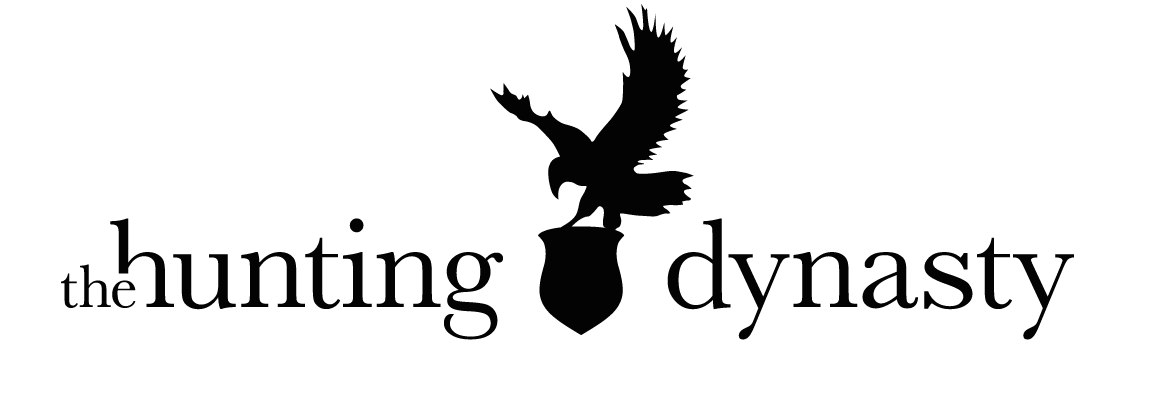Construal theory is a psychological theory that explains how people think about objects and events that are close to them (psychologically close) versus objects and events that are far away (psychologically distant). According to construal theory, when people think about objects or events that are psychologically close, they tend to think about them in concrete terms. They focus on the specific details and features of the object or event. However, when people think about objects or events that are psychologically distant, they tend to think about them in more abstract terms. They focus on the general features and implications of the object or event.
For instance, of you asked someone about an in-person conference they went to:
- During the day of: one would hear descriptions such as finalising presentation, arranging work, packing bag, navigating unfamiliar city (proximal, low-level)
- Six months later: one would hear descriptions such as; inspiring talks, meeting colleagues, discussing new ideas, travelling to exciting places (distal, high-level)

Two descriptions of the same event, from the same person, mediate only by the psychological distance from it. I also wrote about a fabulous experiment using construal from Pahl in my book which involved infrared cameras and heat loss.
Action is proximal, consideration is distal.
So, in communication terms, by tailoring our language to match the psychological distance of the object or event, we can make our communication more congruent and be considered in the same mode as it is construed. By tailoring our language to oppose the psychological distance of the object or event, we can change the perception of our communication by changing the construal level.
In short:
- To evoke a proximal, action-based construal use concrete, vivid language that helps your audience to visualize the object or event.
- To evoke distal, consideration-based construal abstract, general language that does not rely on specific details or examples.
to expand, here are some examples of how construal theory can be used in different communication contexts:
- In marketing: When marketing a new product, companies can use construal theory to tailor their messages to different audiences. For example, they can use concrete language to talk about the product’s features to potential customers who are already interested in the product. However, they can use more abstract language to talk about the product’s benefits to potential customers who are not yet familiar with the product.
- In politics: Politicians can use construal theory to tailor their messages to different audiences. For example, they can use concrete language to talk about the specific policies they support to voters who are already familiar with their positions. However, they can use more abstract language to talk about the general principles and values that underlie their policies to voters who are not yet familiar with their positions.
- In education: Teachers can use construal theory to tailor their lessons to different students. For example, they can use concrete language to talk about the specific concepts they are teaching to students who are already familiar with the concepts. However, they can use more abstract language to talk about the general principles and implications of the concepts to students who are not yet familiar with the concepts.
Construal theory is a powerful tool that can be used to make communication more relevant for your needs.
By understanding how people think about objects and events that are close to them versus objects and events that are far away, we can tailor our language accordingly.
For more on this speak with us, or have a look at our capabilities
Also, as co-founders and supporters of the London Behavioural Economics Network, join the Meetup group and Facebook group for more details and events
Related Posts
August 13, 2023
Money (but not called that, and how it changes behaviour).
Advertising agencies make a lot of…
August 1, 2023
Reading ease is not as easy as all that – comprehension shows the way
It's easy to make text readable, right?…
July 20, 2023
The ‘Hollywood hello’ – and the importance of context when communicating
When communicating we all like to be as…




